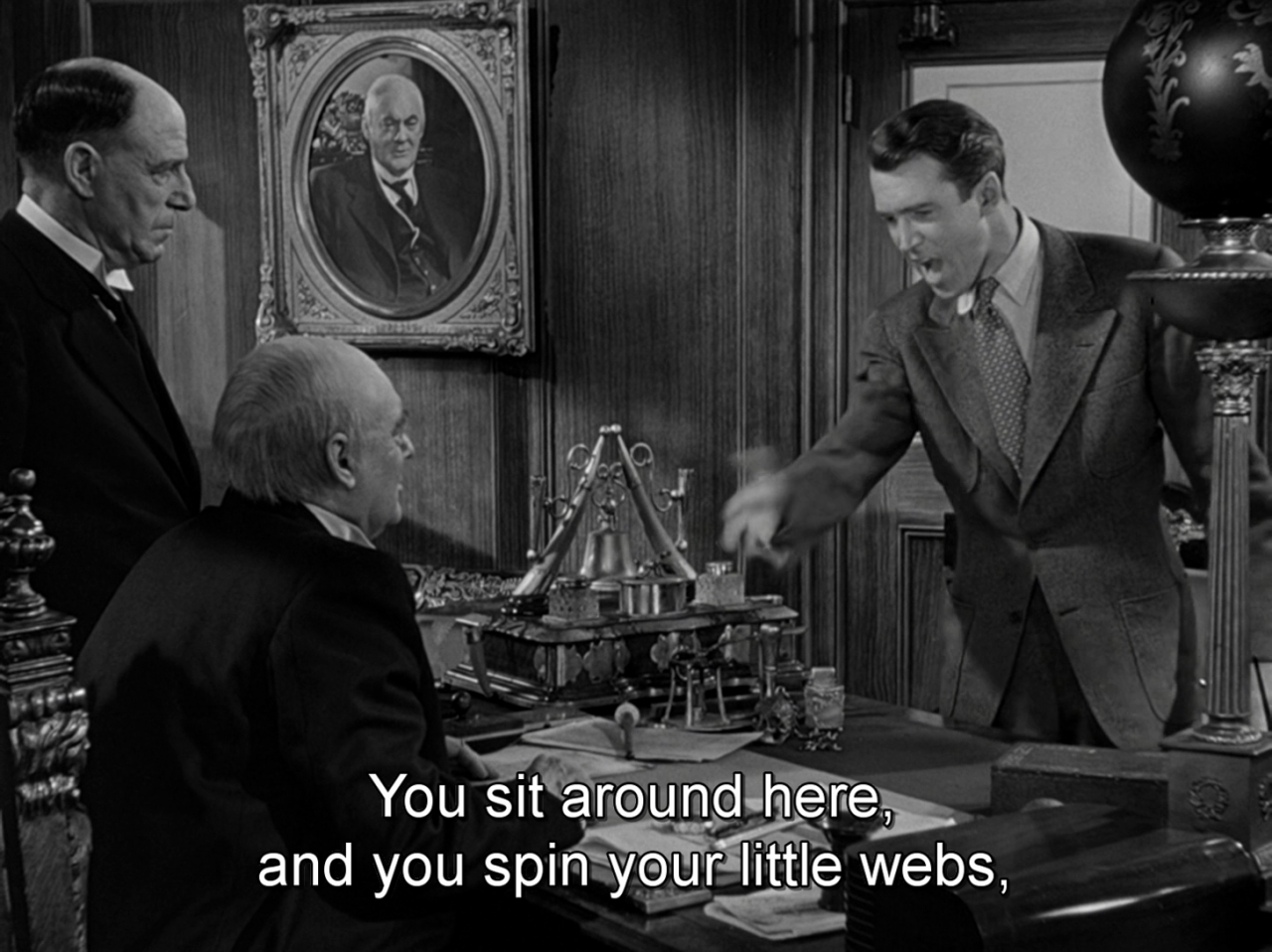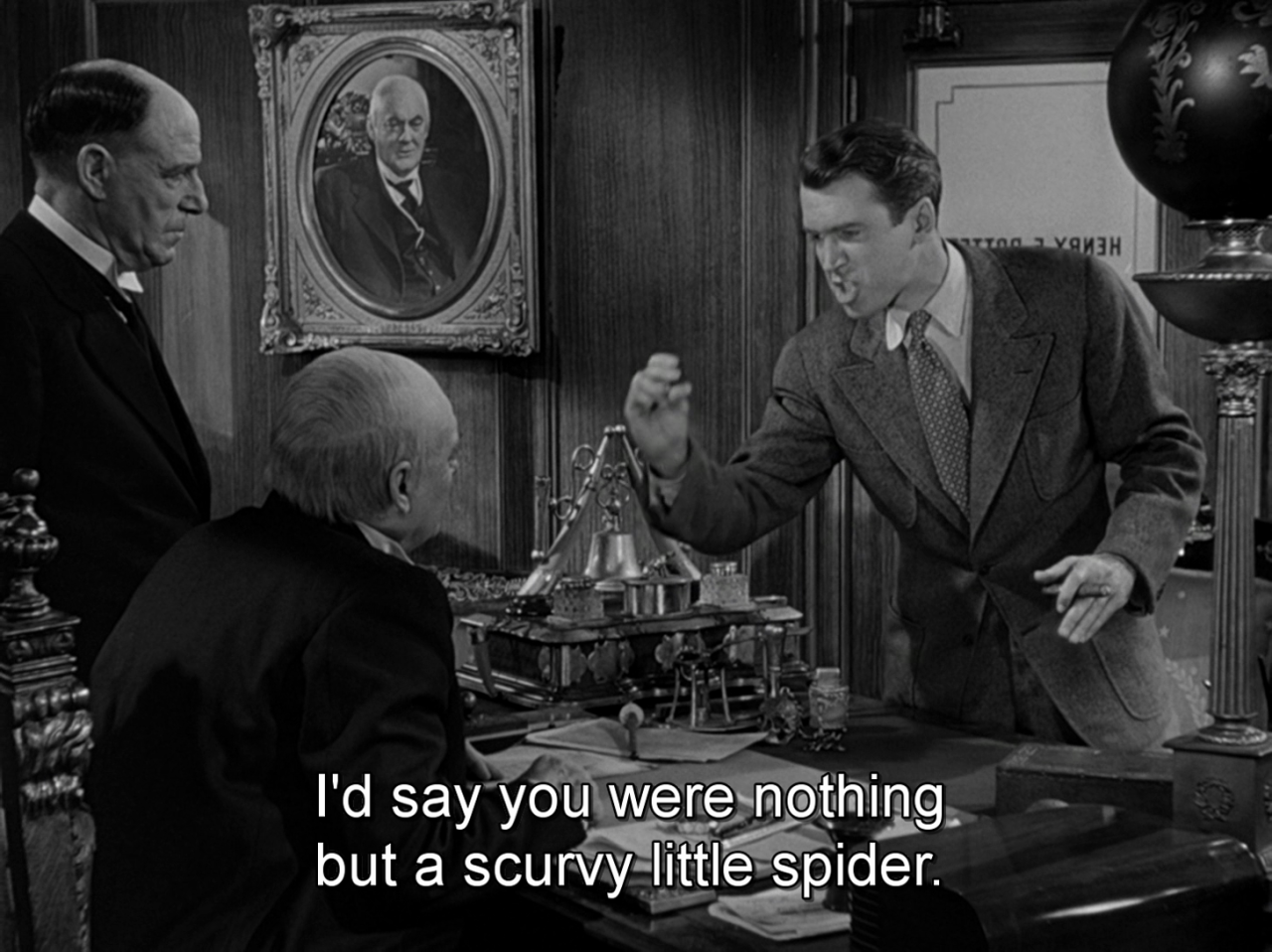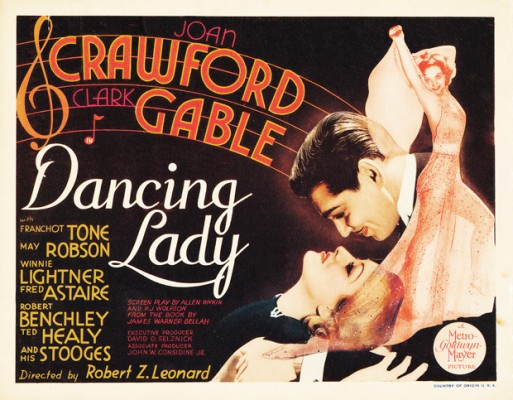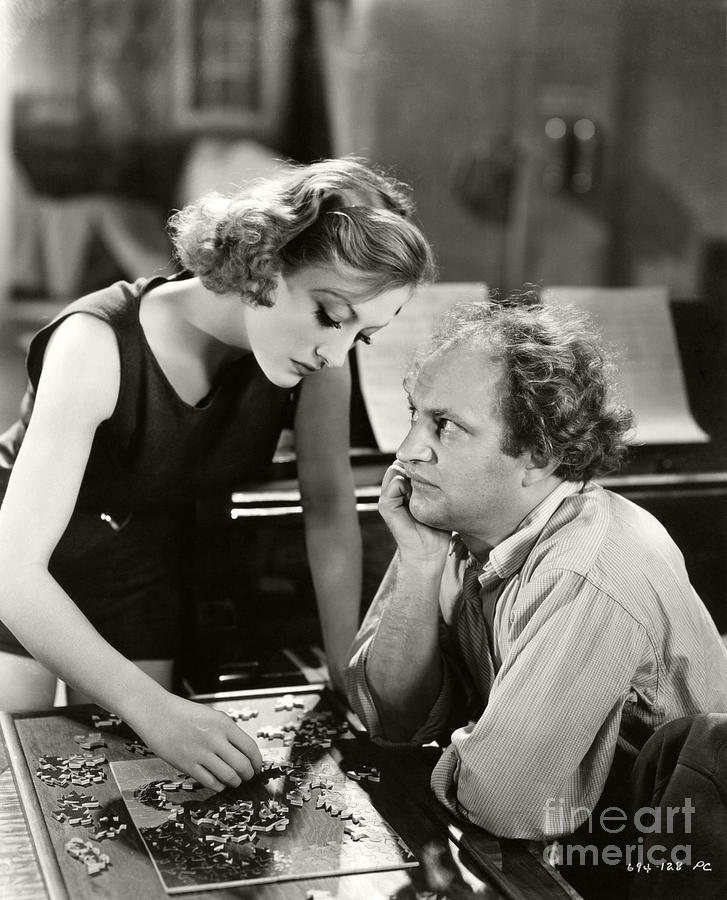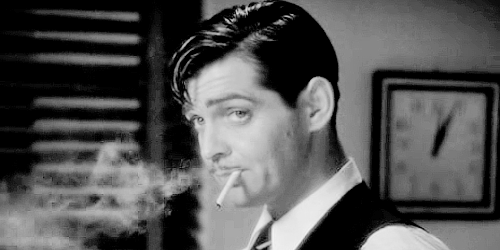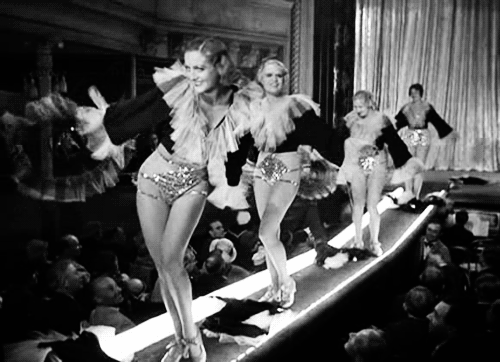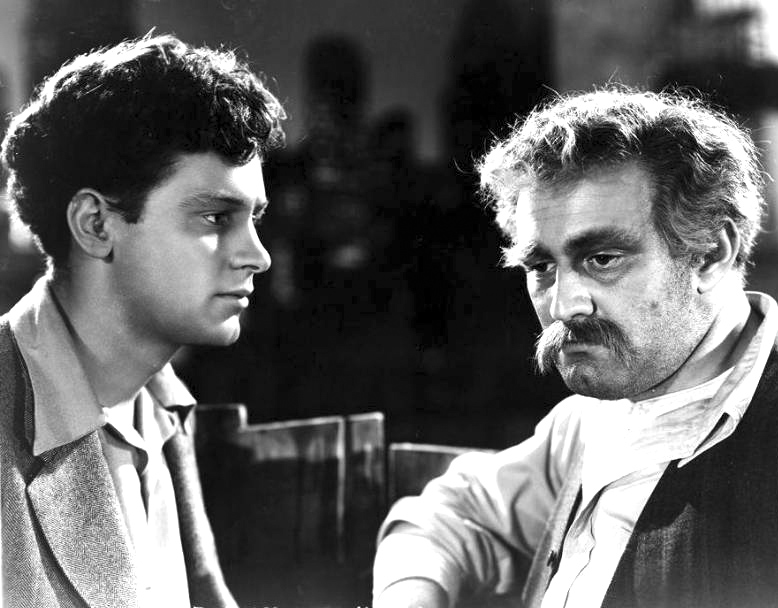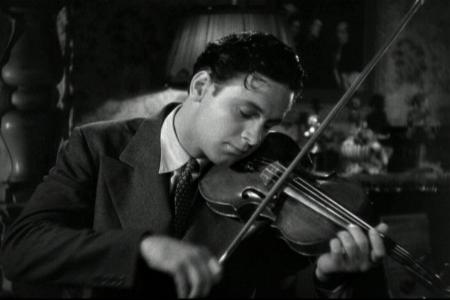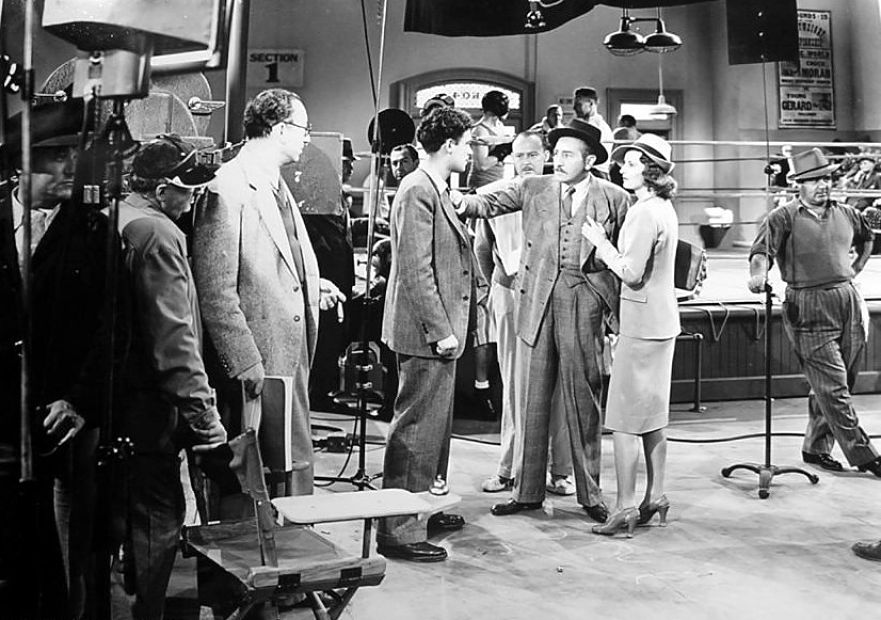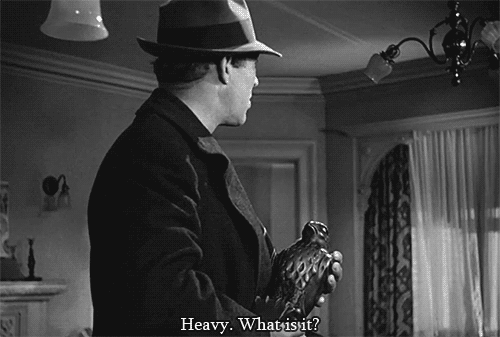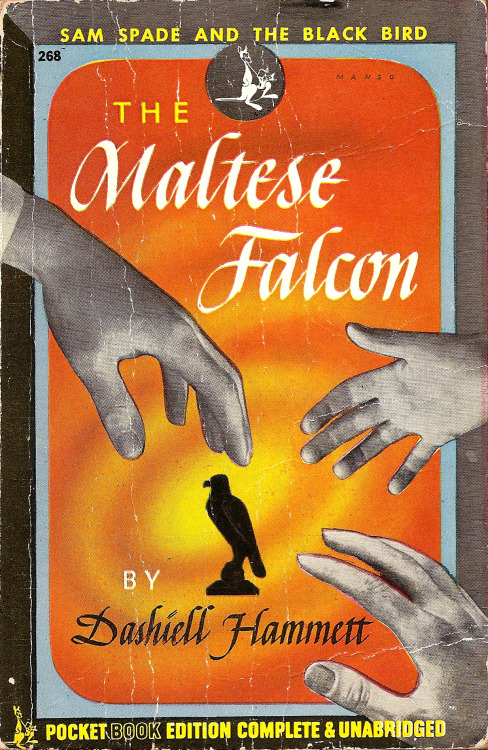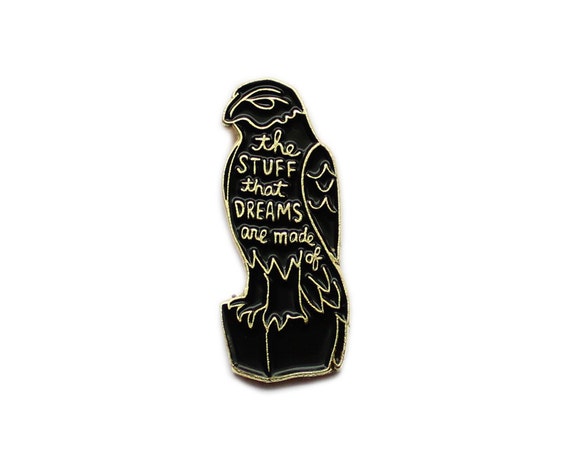Nas
três últimas edições de The Great Villain blogathon, eu escolhi focar em vilões
divertidos – ou ao menos admiráveis. Assim, escrevi sobre dois vilões
interpretados por Peter Lorre, os vilões da Disney através do tempo, e o
inigualável Professor Fate!
For the past three editions of The Great Villain
blogathon, I chose to showcase villains that were fun – or at least admirable.
This includes two villainous roles Peter Lorre played, Disney villains through
time, and the one and only Professor Fate!
Agora
as coisas mudaram. Eu ainda adoro os vilões do cinema, mas o mundo fica cada
dia mais cheio de vilões reais – e alguns até obtém poder político! Por isso eu
escolhi um vilão muito real, um que pode ser encontrado em qualquer cidade e é
muito perigoso. Ora, ele foi responsável por quase acabar com a vida
maravilhosa de George Bailey – então pode ter certeza de que se trata de perigo
real.
Now things changed. I still love movie villains, but
the world gets fuller with real villains every day – and some even got
political power! So I chose a very real villain to talk about, one that can be
found in any city and is very harmful. Well, he was responsible for nearly
ending George Bailey's wonderful life – so we're talking about real danger.
 |
| Mr Potter was considered the 6th worst villain of all time by AFI |
Henry
F. Potter (Lionel Barrymore) é um banqueiro e o homem mais rico de Bedford
Falls. A primeira vez em que ele entra em confronto com George Bailey (James
Stewart) é quando ele tenta dissolver a Bailey Brothers's Building and Loan,
empresa da família de George. Goerge convence os investidores a votarem contra
a dissolução, mas tem de se tornar o co-administrador da Building and Loan,
algo que ele nunca havia pensado em fazer.
Henry F. Potter (Lionel Barrymore) is a banker and the
richest man in Bedford Falls. He first clashes with George Bailey (James
Stewart) when he tries to dissolve Bailey
Brothers's Building and Loan, the company owned by George's family. George
convinces the investors to vote against the dissolution, but he has to become
the co-administrator of Building and Loan, something he had never dreamed of.
George
sacrifica muitos sonhos para manter a Bailey Brothers's Building and Loan
funcionando, incluindo dar o dinheiro de sua lua-de-mel para a empresa, e
trabalhando noite e dia. A Building and Loan ajuda as pessoas a construir a casa
própria e sair dos supervalorizados barracos de propriedade de Mr Potter. Como
George diz, para Mr Potter, as pessoas são como gado.
George sacrifices many dreams in order to keep the
Bailey Brothers' Building and Loan working, including giving his honeymoon
money to the company and working night and day. Building and Loan helps people
build their own houses and move away from the overpriced slums owned by none
other than Mr Potter. As George says, for Mr Potter, people are
cow.
Na
véspera de Natal de 1945 a tragédia parece acontecer quando o outro
co-administrador da mepresa, tio Billy (Thomas Mitchell), perde 8 mil dólares
(equivalentes a mais de 100 mil dólares hoje) e eles caem na mão de Mr Potter –
que, obviamente, não tem intenção de devolver o dinheiro. Desesperado, George
vai atrás de Mr Potter e pede um empréstimo, oferecendo seu seguro de vida como
garantia, ao que Mr Potter responde: “você vale mais morto do que vivo”. Há coisa pior para falar para um homem desesperado?
On Christmas Eve, 1945, tragedy seems to strike: the
other co-administrator of the company, uncle Billy (Thomas Mitchell), misplaces
8,000 dollars (equivalent to more than 100,000 dollars today) and they end up
exactly in Mr Potter's hands – that won't give the money back, of course. In
desperation, George goes after Mr Potter and asks for a loan, offering his
insurance policy as a guarantee, to which Mr Potter comments: “you're worth
more dead than alive”. Can you think about something worse to be said to a
desperate man?
Nós
sabemos o que acontece a seguir: George decide cometer suicído, mas seu anjo da
guarda, Clarence (Henry Travers), o faz desistir da ideia ao mostrar como o
mundo seria sem George. E então George chega a Pottersville – ou o que bem pode
ser os Estados Unidos ou o Brasil num futuro próximo.
We know what happens next: George decides to commit
suicide, but his guardian angel, Clarence (Henry Travers), dissuades him from
the act by showing him what the world would be like without him. And then he
arrives to Pottersville – or what could well be the US or Brazil in a near
future.
Você
conhece alguém como Mr Potter – que só se importa com lucros, e não com
pessoas? Claro que sim: aquele-que-não-deve-ser-nomeado e é atualmente
presidente dos EUA (o mesmo poderia ser dito do presidente ilegítimo do
Brasil!). Bem, se ele é Potter, nós somos todos George Baileys. Um exército de George Baileys.
Do you know anyone who is just like Mr Potter – caring
about profits, not about people? Of course you do: that-who-must-not-be-named
and is now president of the US (the same could be said about the illegitimate
Brazilia president!). Well, if he is Potter, we're all George Baileys. An army
of George Baileys.
Baily é
honesto, mas puro demais. Eu sinceramente queria que ele tivesse descoberto que
Potter roubou o dinheiro e que o banqueiro mesquinho fosse punido e destruído.
Eu gostaria de ver os Mr Potters de hoje punidos e destruídos.
Bailey is honest, but too pure. I sincerely wished he
could have discovered it was Potter who stole the money, and have the greedy
banker punished and destroyed. I'd like to see the Mr Potters of today punished
and destroyed.
Nós
podemos ser como George Bailey? Eu acho que não. Ele é como um príncipe
encantado, e por isso não há como alguém ser tão perfeito quanto ele. Mas nós
podemos aprender algo com a jornada dele: cada um de nós conta na #Resistência.
E cada uma de nossas ações também conta para destruirmos os Mr Potters do
mundo.
Can we be like George Bailey? I don't think so. He's
like a prince charming, and therefore nobody can be as perfect as him. But we
can learn something about his journey: each one of us counts at #TheResistance.
And each one of our actions counts, too, to destroy the Mr Potters of the
world.
This is my contribution to the 4th Great
Villain Blogathon, hosted by Ruth, Kristina and Karen at, respectively, Silver Screenings, Speakeasy and Shadows and Satin.



